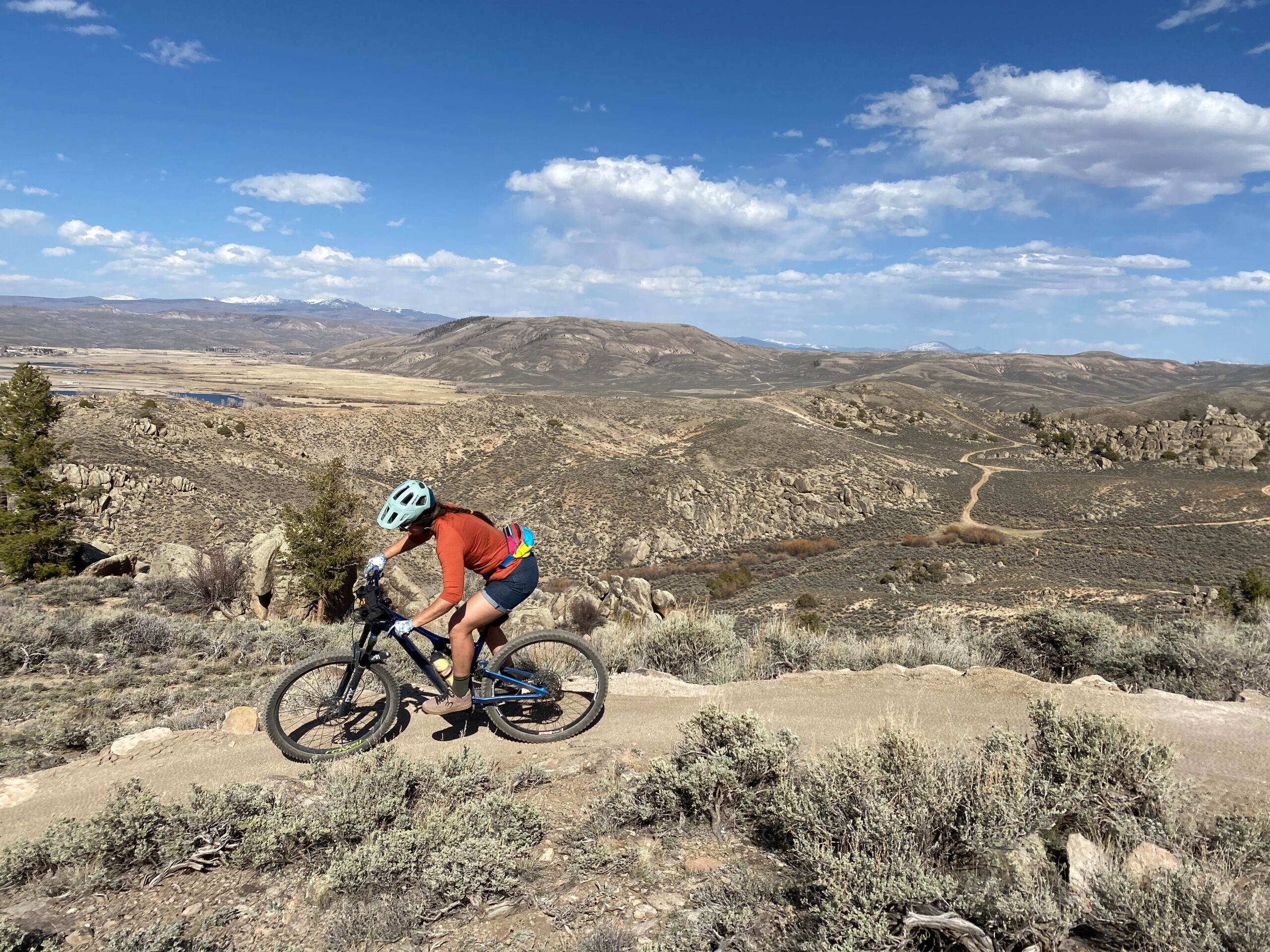
Intro
Most of our reviews are pretty long — and take a long time to produce — because we want to provide enough info for you to actually determine whether the gear we tested will work well for you.
But we get asked to check out an increasingly wide range of products, and sometimes, we just want to tell you about something we’ve been using and loving lately.
So that’s where this monthly series — Stuff We Like — comes in, where we keep you current on a broad range of stuff we’re currently digging.
And if there’s something you love that you think we ought to check out, drop us a note in the comment section below.
RockyMounts WallRide
MSRP:
David Golay: I usually have too many bikes stuffed into a fairly small storage area, and hanging them vertically on the wall is by far the most space-efficient way I’ve got to keep them all organized. And I’ve been trying out RockyMounts’ new WallRide+, and it’s a huge improvement over the cheap hooks you can get at the hardware store.
The WallRide comes in two versions, the basic WallRide and the WallRide+, which adds a super burly security chain with a nylon sleeve to protect your bike’s finish. Bring your own U-lock to the party and you’ve got an easy, integrated way to lock your bike when it’s being stored.
If you don’t need the chain, the standard WallRide cuts the price way down, and both are available in your choice of black powdercoat or bead-blasted stainless steel finish. They come with all the hardware you need to mount them to a wall, including a couple of masonry anchors. If you’re worried about someone just taking the entire rack off the wall to steal your bike, RockyMounts also includes a pair of ball bearings that you can hammer into the hex heads on the lag bolts to make them much more difficult to remove.
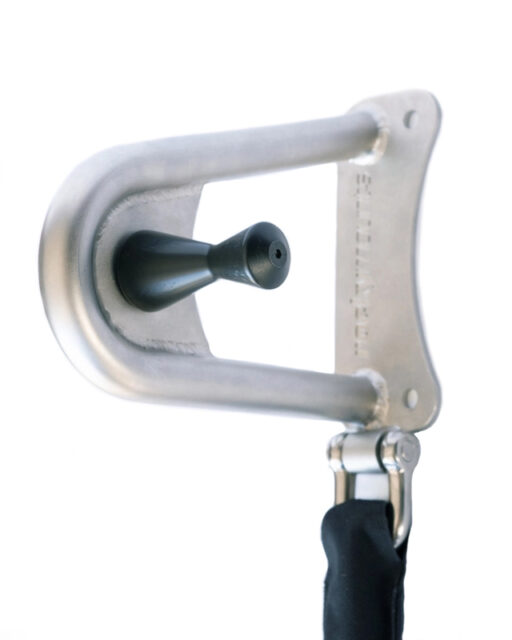
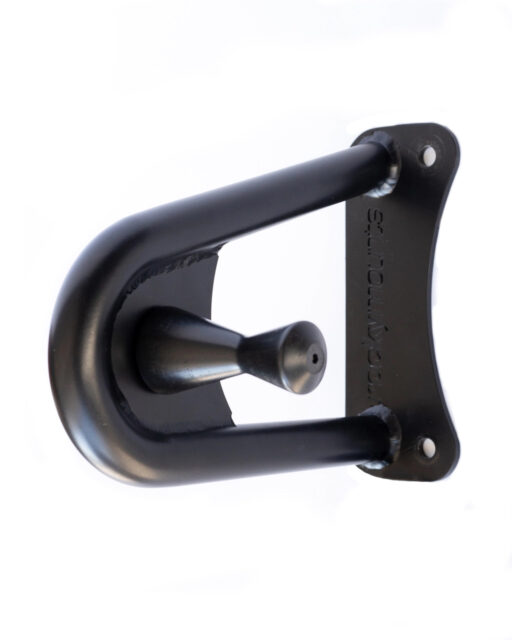
I’ve got mine mounted to a 2×8 that’s screwed to the wall (it’s an interior drywall wall, so I needed something I could screw into the joists) and it’s working really nicely.
The WallRide is super easy to load and unload, and is much more secure and robust than the basic cheap hooks. There’s a nice rubber protector over the wheel hook to keep your rim in nice shape, and the hook shape works really well for both bigger mountain bike tires and skinny road bike tires, too. Ultra-deep section aero road bike rims might be a little trickier, but you should be able to get a fairly tall rim in there.
A fancy front wheel hook might not sound like rocket science, but the WallRide is super well thought out and easy to use, and should last just about forever, while doing a nice job of not marring the bike’s finish, and looking pretty good to boot.
Strafe Recon Jacket & Pants
MSRP: $189 (jacket); $149 (pant)
Luke Koppa: The original Strafe Recon kit was my all-time favorite for spring and summer skiing because it breathed well enough to keep on pretty much all day — even when temps hit the mid-60s Farenheit — but offered enough wind and water resistance to protect on gusty ridges and during the occasional snow storm. Strafe has since updated the kit, and I was super curious to try the new version. This spring I have been, and I think I might like it even more than the original.
This is mostly for the same reasons — the new Recon Jacket and Pants breathe really, really well and offer what I’d call a “functional” level of wind and water resistance for this sort of “leave it on all day” kit. The new fabric is more supple and I think it’s a bit more breathable overall, though not quite as resistant to the elements. I can comfortably skin in it with a mid-weight wool baselayer in temps right around freezing, or just a light synthetic T-shirt when temps get above 40°F. In both scenarios, I come back from the tour almost completely dry; I don’t sweat much, and any sweat seems to evaporate quite readily. The new Recon kit doesn’t fend off true rain very well, but I’ve been impressed by how well it dampens the cutting feel of high winds, given how well it breathes.
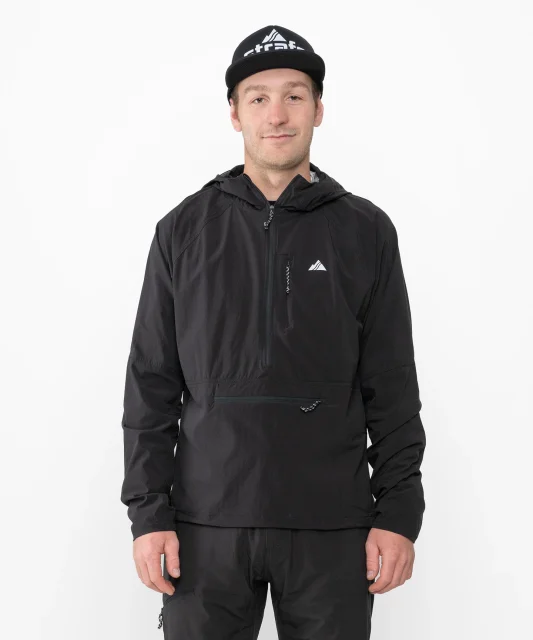
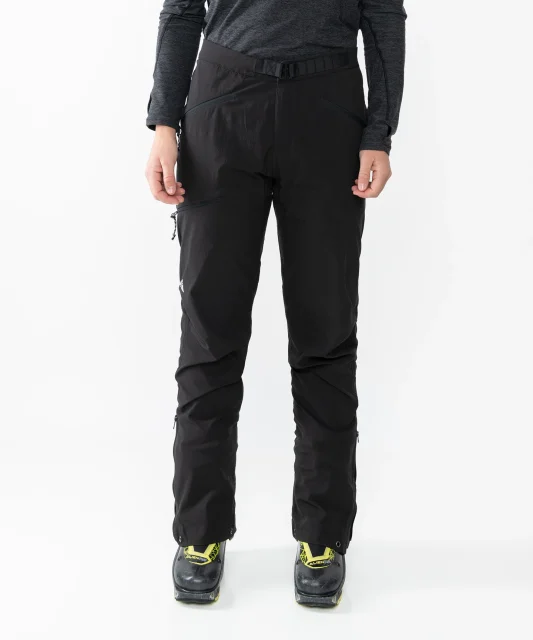
The latest kit also has a sweet feature set: two hand pockets and a thigh pocket on the pant, then a single chest pocket and center kangaroo pocket on the jacket. My only complaint there is that I do wish the center pocket on the jacket was a bit wider and/or deeper; it fits skins for 90mm-wide, 180cm-long skis pretty well, but bigger skins definitely push its limits. I love using the Recon kit for quick after-work skin laps at the resort, where I don’t wear a backpack, so a bit more pocket space would be nice. But that one small gripe aside, I absolutely love this kit for spring touring and will be putting a whole bunch more days in it in the coming months.
Naked Running Band
MSRP: $49.99
Matt Mitchell: Awkward pocket configurations on running shorts can be frustrating, especially if you plan to carry anything more than a loose car key on your runs. In the context of trail running, that applies to most outings. Many of the best fitting shorts are foiled by their inability to accommodate the growing size of modern phones, or to comfortably store nutrition for longer efforts. What’s more, shorts with the pocket volume to do so often carry items loosely, leading to unwanted jostling. Finishing a run to find chafe marks from a gel that has spent hours pinballing against your thigh is only funny the first time it happens.
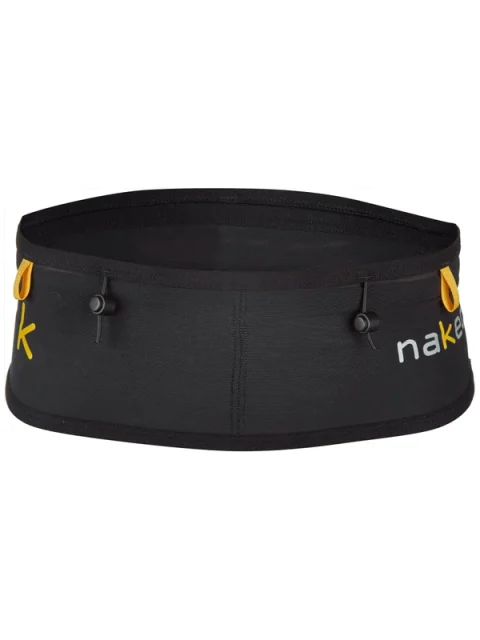
The Naked Running Band helps amend running shorts with poorly placed storage so you can focus solely on their fit. The band’s simple waist belt sits above the hips and provides 2+ liters of capacity, much more than a short’s zippered butt pouch or side pocket. The Naked Band’s three distinct compartments (two in the front, one in the back) wrap around the torso and expand to carry energy bars, spare layers, electronics, multiple sizes of soft flasks, etc. Items stay in place on the move because of how snug the Naked Band wears. The company offers 12 different unisex sizes corresponding to waist circumference, so nearly everyone can enjoy a tailored fit. I cringe when I say this, but the band really does live up to its name – I often forget I’m wearing one.
Over the past few weeks, I’ve been using my Naked Band for anything from a solo shakeout carrying just my phone to longer runs requiring multiple water bottles and a rain layer. Its uncomplicated design gives the band lasting durability and its see-through mesh pockets allow me to access what I need without stopping to root around. At only 2.3 oz, it’s plainly hard to justify leaving it at home.
SPY Bewilder Happy Screen Glasses
MSRP: $90
Kara Williard: Between finishing my last semester of graduate school and working for Blister, I have some extensive days spent on the computer. Sometimes I go 10+ hours staring at the screen and hardly realize how much time has passed. That said, I can often feel a minor headache after too much screen time, and I definitely find myself hunched and peering at a screen with a bit of irritability.
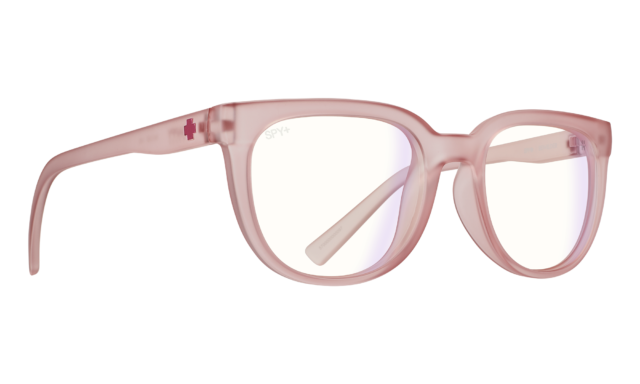
I have experimented with some cheaper blue-light glasses, but after the last month of using the Spy Happy Screen technology in a pair of blue light glasses, I have noticed a difference, in particular, with regard to eyestrain. I have really good vision but after too long days on the computer, I would often find myself squinting from staring at the screen too long. The Happy Screen glasses have made a notable difference here.
I am highly intrigued by the concept of Happy Screen, which SPY has made to reportedly block the harmful blue light rays, while still letting the beneficial ones pass through the lens. While I won’t go to the extent to say these glasses make me inherently happier, the headaches from screen-time have diminished and I often don’t feel as wired when I finally do close the computer for the night.
Kristin Sinnott: I’ve been using the Boundless Happy Screen Glasses and while I haven’t noticed them alleviating eye strain (my eyes don’t generally feel tired or strained from hours on the computer but I also haven’t been writing my thesis, unlike Kara), I like the ritual of putting them on whenever I’m using a screen. The simple process of putting them on and taking them off has definitely helped me cut down on unnecessary screen time throughout the day.
Season Adjustable Ski Pole
MSRP: $109
Luke Koppa: I tend to go through a pair of poles every season and a half or so, and I very rarely use adjustable poles cause I rarely find myself actually adjusting them and I find they’re generally less durable in the long run. However, when my previous poles broke at the beginning of this past season, I thought I’d give Season’s adjustable poles a try (if we’re being frank, it was mostly because I loved how they looked). Well, I’ve probably used them for about 110 days at this point, and they’re still working great — no bends, still adjust fine, and I’ve only torn a little piece off one of the baskets (the first area I usually damage poles; I drag them a lot). They just seem like very good, simple, adjustable poles. We’ll see if / when I can break them, but until then, I’ll be using them pretty much every time I go out.
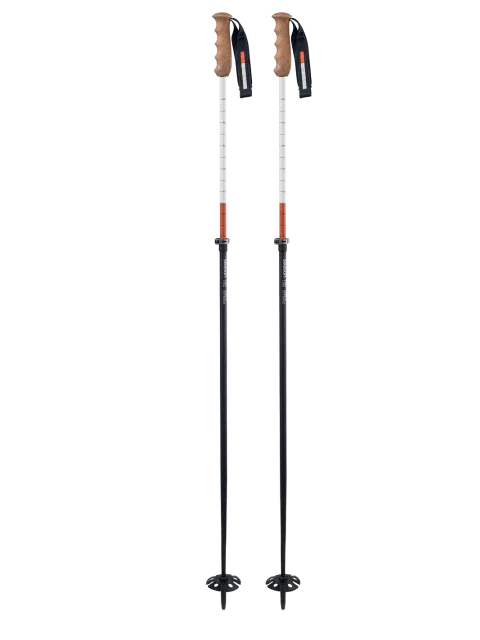
DUER Performance Denim Slim
MSRP: $129
Luke Koppa: Similar to my situation with all my underwear falling apart around the same time, my all-time favorite jeans also finally deteriorated this year. They were the Mission Workshop Mission Jeans, and I’m confident I wore them for at least 1000 days before the crotch and pocket areas finally started to tear. I’m someone who likes to find a few pieces of everyday apparel and wear them just about every day until they disintegrate, and the Mission Jean was part of my daily kit for about 6 years. So, it was finally time to find a replacement.
I hadn’t heard of DUER until Kristin talked about their fleece-lined jeans in the January edition of Stuff We Like, and I was immediately intrigued. I already have a pair of flannel-lined pants, but I was curious about their Performance Denim jean in the Slim fit. I liked the look, it seemed like it’d be more comfortable than non-stretch denim, and it came in at a decent price.
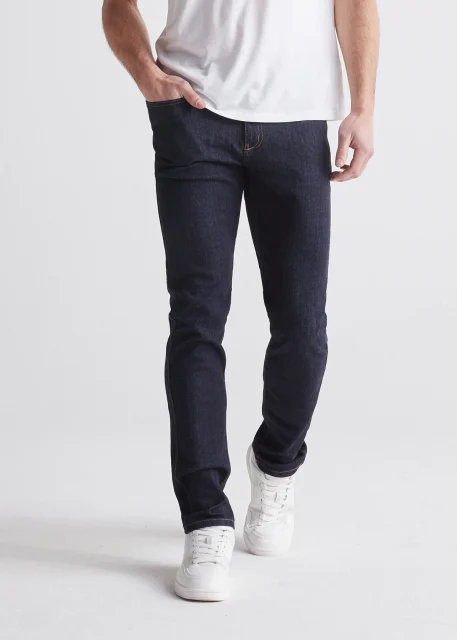
I’ve now been wearing these jeans for a couple of months and am a big fan. The fabric is notably soft and stretchy for denim, and while I haven’t been in much hot weather yet, I’m curious how the Coolmax fibers in the fabric will feel during the summer. I absolutely love the fit; it leaves me enough room around the waist, hip, and thighs so I don’t feel restricted at all, but it tapers a good bit from the knee to the ankle.
I’m usually a “wear pretty much all black” type of person but have the Performance Denim pant in their “Heritage Rinse,” which is a dark indigo. The jeans came with a note that clarified that DUER uses actual indigo, which will rub off on stuff and could color other things in the wash. So they recommend washing the pants several times on their own before wearing and washing with other pieces. I washed them twice (no shrinkage) but they did still leave a bit of a blue color on the white shirt I wore with them, so I’d just be extra careful until you’ve washed them several times. Since then, I just wash them with all my other clothes (cold water) and haven’t had any issue.
Overall, these are super comfortable jeans with what I think is a really nicely executed slim fit.
Vitamix E310
MSRP: $349 (on sale for $289.95)
Kristin Sinnott: I never thought much about blenders until I decided I needed to start eating healthier. For my ‘get healthy’ program, I started drinking green smoothies every morning and for a sugar-loving person like me, this was a big step. A big part of my program involved drinking a daily green smoothie, but I was not looking forward to it, especially if there was a chance it would be chunky. The first few mornings I tried using my old blenders (an old Cuisinart and magic bullet pro) and ran into some issues with both. When I used the old Cuisinart, a piece of plastic broke off from the base and was subsequently blended into my smoothie which was infuriating especially since I had to dump it all out in the trash can. And the Magic Bullet Pro wasn’t up for the job of grinding up celery into a smooth consistency and it also was extremely loud (my son did not like the noise).
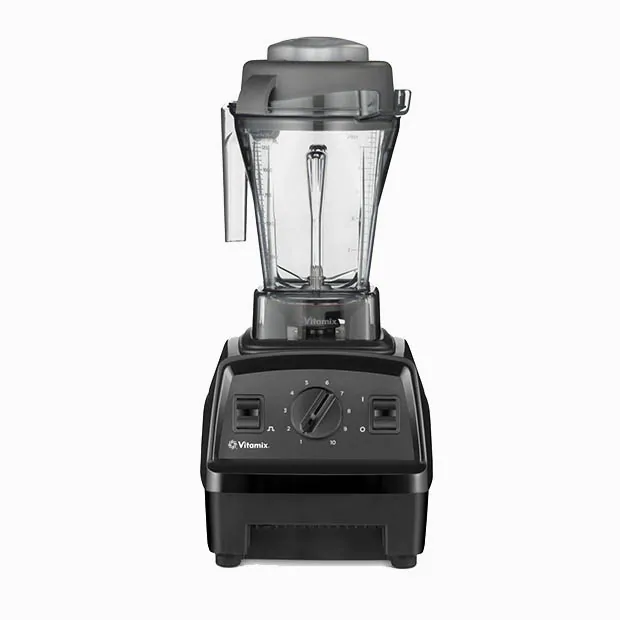
A family member gifted us the Vitamix E310 and after using it almost daily for 4 months, my entire family has been extremely happy with its performance (my son has a ‘chop’ dance that comes out every time we use it). From green smoothies to leek soup to cauliflower couscous to beet hummus (healthy diet staples–I’ll pat myself on the back), the blender has worked exceptionally well. If you’re looking for a new blender, I highly recommend checking out the E310.
Beringia St. Elias Jacket 2.0
MSRP: $600
Jed Doane: Beringia, the Montana brand with Japanese roots, has retooled their outerwear line, notably replacing Polartec NeoShell with a new fabric. In recent years, Beringia has developed a proprietary electrospun membrane named Täsmä with an eye on improving waterproofing and storm performance while maintaining the breathability of their previous NeoShell fabrics. In my experience, no jacket has offered enough waterproofing AND stretch / breathability for a true daily driver when splitboarding, especially in the Northwest. On soggy storm days in the Cascades, NeoShell and other air-permeable fabrics don’t offer nearly enough waterproofing, wetting out quickly. But on sunny days, especially on exposed volcanoes, I find myself sweating in Gore-Tex Pro fabrics. Having made the wrong choice on many days over the years, the concept of a jacket that offers a high level of performance in both categories was intriguing, but I was definitely skeptical.
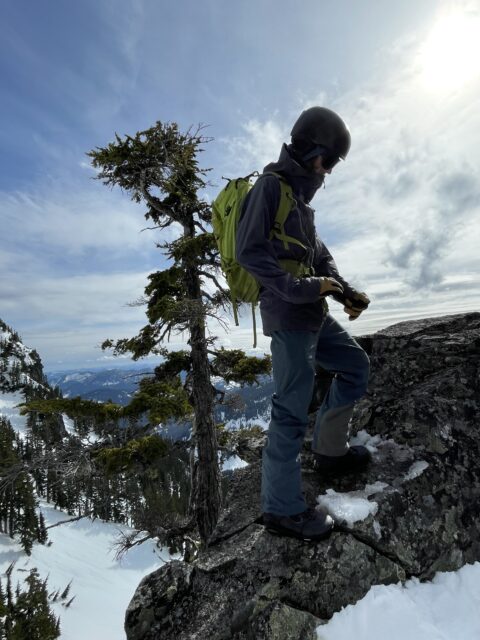
After ~15 days in a variety of conditions, the Saint Elias 2.0 toes the line between waterproofing and breathability better than any jacket I’ve ever worn. It’s much softer-feeling than Gore-Tex Pro jackets, and with some nice stretch. I tested it on all-day stints both inbounds and touring in Whistler, Tahoe, and the Cascades, and was impressed with the overall waterproof performance despite multiple hours and wet conditions and some wetting of the face fabric. It isn’t quite as breathable as the older Tsurugi using NeoShell, but the face fabric is also considerably more durable with more wind resistance, and the St. Elias 2.0 is still overall a very breathable piece.
The membrane itself is much more breathable than any Gore offering I’ve used, and the large diagonal chest vents are well-designed. When wearing a pack, pit zips and pocket vents are both less effective — not moving as much air and vapor because of strap compression. In my experience, the St. Elias’ chest vents were easy to adjust and worked great with a pack on. Overall, the St. Elias 2.0 features an elite waterproof/breathable fabric, smart design, and is a great choice for touring in harsh and variable conditions.
Arc’teryx Atom LT Short Jacket Women’s
MSRP: $239
Kristin Sinnott: What initially drew me to the Atom LT Short Jacket was the bomber-style collar. It’s low, which doesn’t provide much protection to the neck, but as someone who very rarely zips my jackets up all the way because I hate when things are too tight on my neck, the collar is ideal. When I’m wearing a shell to ski, sometimes I choose to wear a lightweight insulated jacket as my midlayer. On those days, I’m usually wearing my Strafe Outwear Alpha Hooded Insulator Jacket (which is still one of my favorite jackets), but I hate having competing hoods and collars. The Atom LT Short Jacket not only lacks a hood, it also doesn’t have a collar. Perfect.
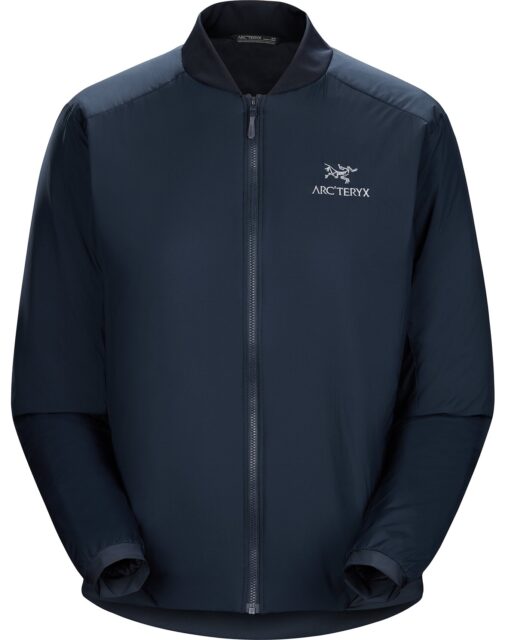
I wore the Atom LT Short Jacket skiing a few times and paired it with a neck gaiter / buff to keep the sun and cool air off my neck. I loved how the jacket zipper and buff didn’t compete with each other for space around my neck. I’ve also been wearing it fairly regularly now that it’s started to warm up a bit. The relaxed fit of the Atom LT Short Jacket allows me to layer up underneath, but oftentimes I find myself pairing it with a tee.
The Arc’teryx Atom LT Short Jacket is a lightly insulated, wind resistant jacket that is made of the same synthetic Coreloft™ Compact insulation as the Atom LT Jacket. Because the jacket has a more casual design and it’s easy to pack, I’ve found myself wearing it around town this spring and packing it whenever I travel.
Cotopaxi Kapai 3L Hip Pack- Del Día
MSRP: $45
Kara Williard: Sadly, I received the Cotopaxi Kapai Hip Pack a little late in the spring skiing season, which has become my favorite time of year to justify skiing with a fanny pack. That said, I did receive it in time for some easy spring touring missions and getting back out on dry trails on the bike and by foot. I have become accustomed to hip packs, particularly while biking.
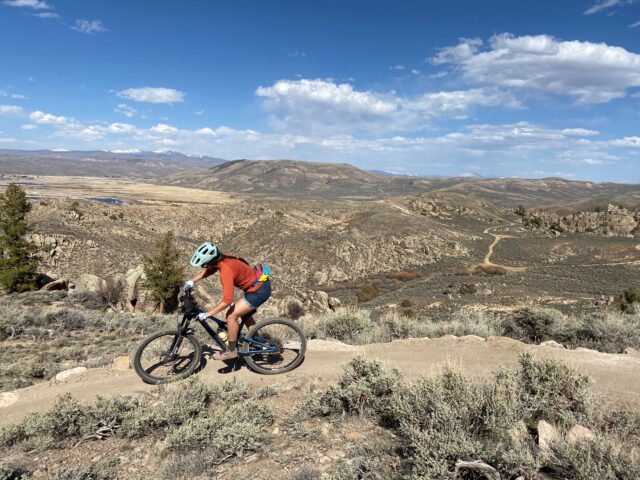
The Kapai doesn’t have a water-bottle holder like I am used to, but it is plenty spacious to carry a bike bottle or my collapsible bottle, snacks, phone, bike tools, and more. It sits comfortably on my hips, and without a built-in water bottle holder, it is actually much better at keeping the weight centered.
It has already proven to be versatile for several activities, but I know it will also come in handy when traveling because it carries more than my average purse, and is a lot more comfortable for carrying several things than a heavy purse. It is a great in-between option for when a backpack is overkill, but a purse isn’t functional. I also love the mission of Cotopaxi and their commitment to utilizing scrap materials to reduce waste. This also ensures that every piece features its own colorway, and while it is plenty colorful and vibrant, I think this helps it match with everything I am wearing, while also feeling like it is its own unique piece.
Hestra Job Kobolt Tan
MSRP: $18.99
Luke Koppa: Hestra is probably best known in the ski community as a maker of very nice, pretty pricey gloves and mittens. However, I was surprised to see that Crested Butte’s Gas Cafe (gas station / convenience store / makers of amazing hangover food) had a little rack of “Hestra Job” gloves near the counter, and they were really cheap. I saw them plenty of times but finally made a last-minute purchase since I needed some lightweight gloves for warm spring skiing and touring. And so far, the Kobolt gloves have been pretty sweet.
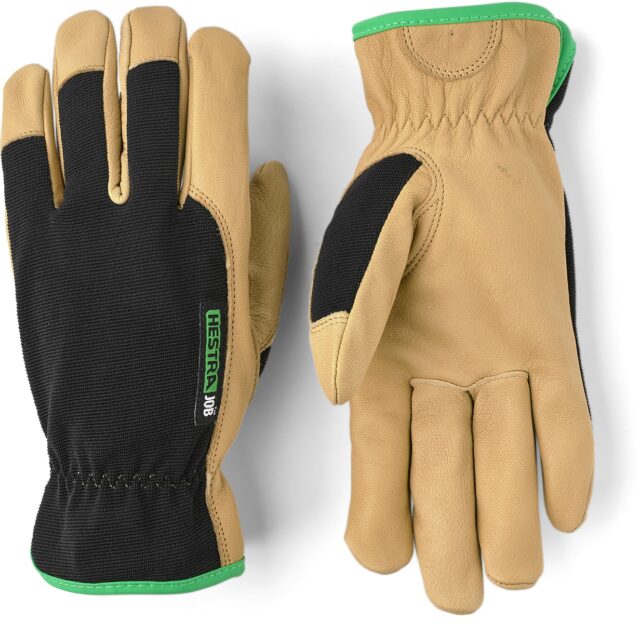
My priorities for a lightweight ski glove are pretty simple: (1) have a full leather palm for durability and grip and (2) be minimally insulated. The Kobolt checks both of those boxes, and while it’s not quite as breathable as the Flylow DB Glove that was my go-to for this use case, the Kobolt is a bit warmer and a lot cheaper. My only real complaint is that the Kobolt’s cuff flares out so it doesn’t tend to stay under sleeve cuffs that well, so if I were to buy again, I think I’d go for the Kobolt Golden Flex, which features a slimmer-looking velcro cuff. But if you want a thin, inexpensive pair of gloves for warm days, the Kobolt series offers a whole lot of bang for the buck.
XtraTuf Women’s 6” Ankle Deck Boot
MSRP: $100-130
Kara Williard: I am back on behalf of the XtraTuf cult to speak on my new favorite spring footwear. It’s mud season, but let’s not forget, I am also a farmer which means I often have my hands full going in and out of the house with water, feed, and eggs from the chickens I raise. It’s pretty important to me that I can slip a shoe on and off without using my hands, especially because I can’t wear my shoes in the house when they are muddy and have chicken manure on them. Turns out, it’s also great to have the slip-on option when you are standing in a muddy parking lot taking your ski boots on and off.
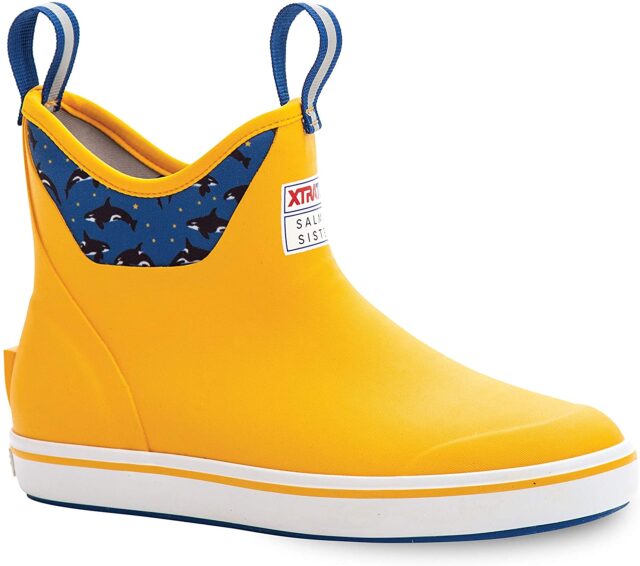
The XtraTuf Ankle Boot is built with a useful little shelf on the heel which is great for using your other foot to pull the boot off. They are also roomy enough at the throat of the boot to slide a foot in with ease. The XtraTuf Ankle Boot has been the only shoe I have wanted to wear this mud season because they can be sprayed off to look like new, are super comfortable, and so easy to deal with as I make my way around a muddy farm and everywhere else right now that is also super muddy.
The downside to this boot is that they are very much waterproof and impermeable, which can make for a sweaty foot as the day heats up. But as someone who is used to wearing full-length rubber boots during mud season, this shorter version is a preferable option. Second, because of how wide the throat of the boot is, it’s easy for things to fall inside the boot if my pant cuff isn’t pulled over the top of the boot (Note from Luke: be particularly careful if you’re around a sparking campfire, speaking from experience…). The last downside is that they come in so many fun colors and patterns that Jonathan also loves to make fun of me for how brightly colored and silly my footwear looks. However, I think they look super cute, borderline fashionable, and function is the real key, so I will continue to wear my XtraTuf Ankle Boots for, I guess, pretty much everything.
Everlane Longer Boxer Brief
MSRP: $24 for 1; $48 for 3
Luke Koppa: I’ve been using merino wool underwear for the past ~6 years and most of those pairs finally fell apart in the past year. And while I love merino wool — especially when camping, traveling, or working up a sweat — it’s pretty pricey and dropping $40+ for a pair of underwear is kinda hard to swallow, especially if you’re trying to replace many pairs. I’ve turned to Everlane many times when I needed a fairly basic piece of apparel and wanted something high-quality but not wildly expensive. So I figured I’d try their underwear, and they’re pretty sweet. The main thing that stands out is how soft the fabric is; they use Supima cotton, which is some of the longest-staple cotton in the world, and consequently some of the softest. The result is a really, really comfortable pair of underwear that is surprisingly reasonable in price, especially if you buy a 3-pack.
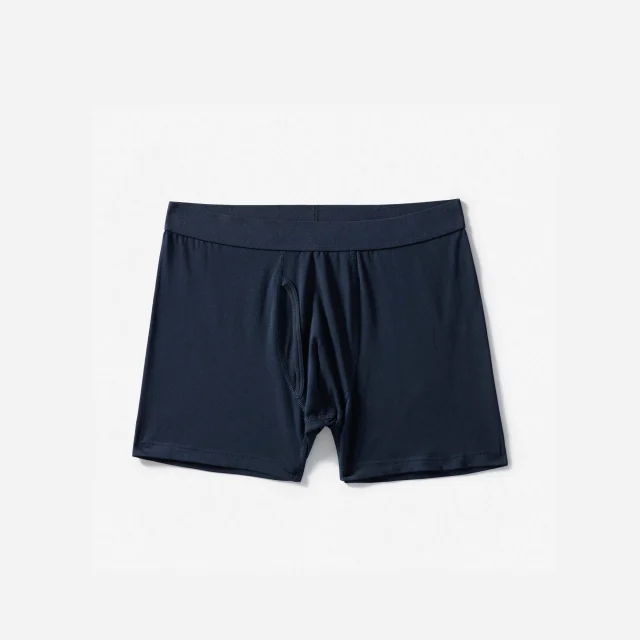

All about Duer. Fleece lined all winter and the wind/water resistant All Weather in the summer. The no sweats have completely replaced my chinos.
I really look forward to and enjoy “Stuff We Like.” I’ve picked up a Kitsbow 3/4 length wool jersey for riding and two Paka sweaters (1 for me, 1 for my wife), and a couple other things I can’t think of right now, ALL based on Stuff We Like, and ALL great products (and I do let the manufacturer know that too). Keep it up!
That’s awesome to hear. Thanks for letting us know, Kelly!
Good to hear and thanks for the update on Strafe. I’m doing research and looking at that, Houdini Air, BD Alpine Start, RAB Borealis. Like @Luke, I tend to run warm (usually a 150 base layer). Any insight from product updates on old reviews or personal usage?